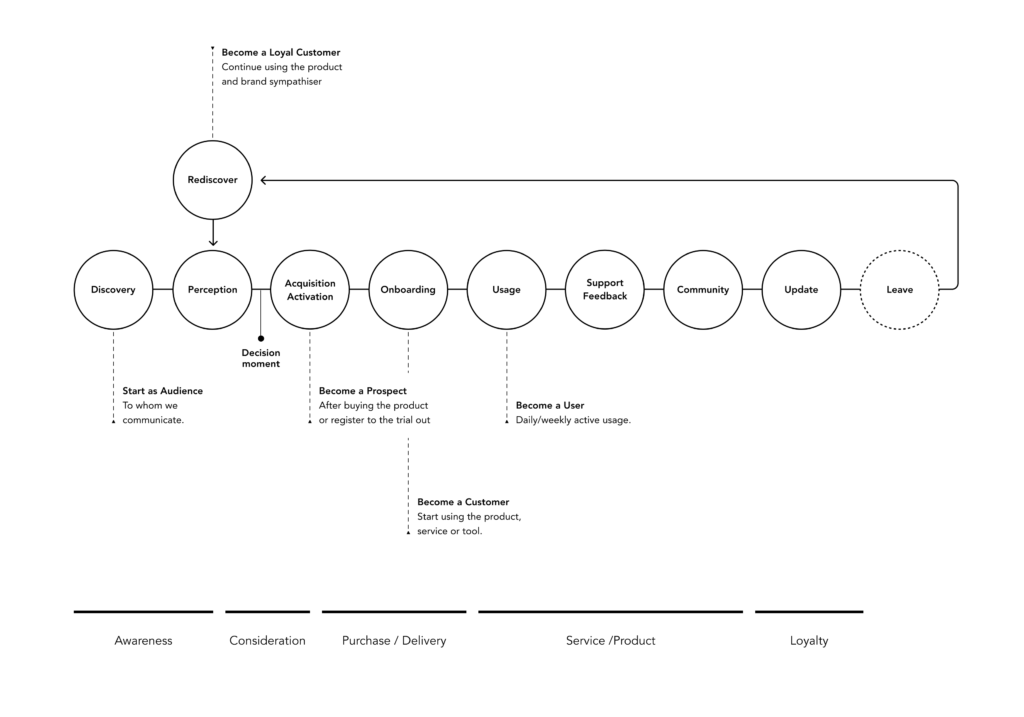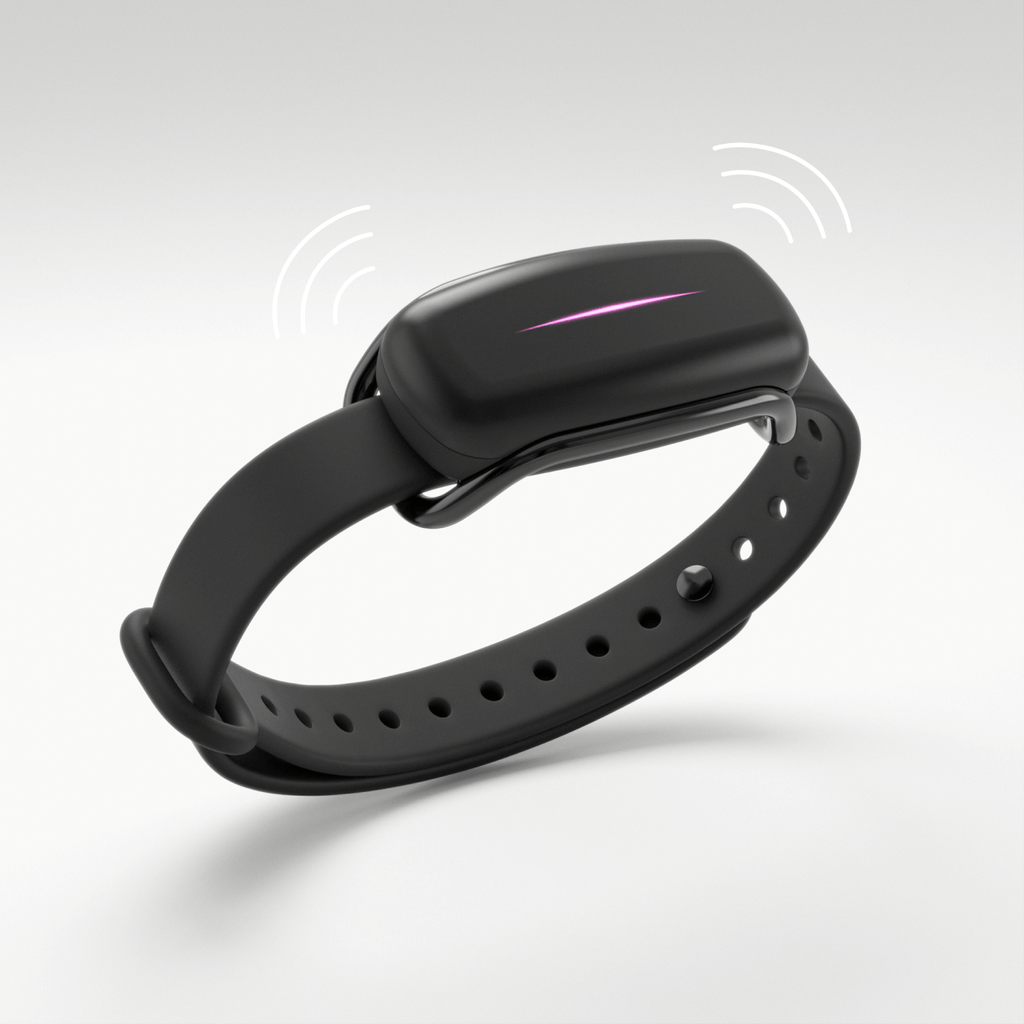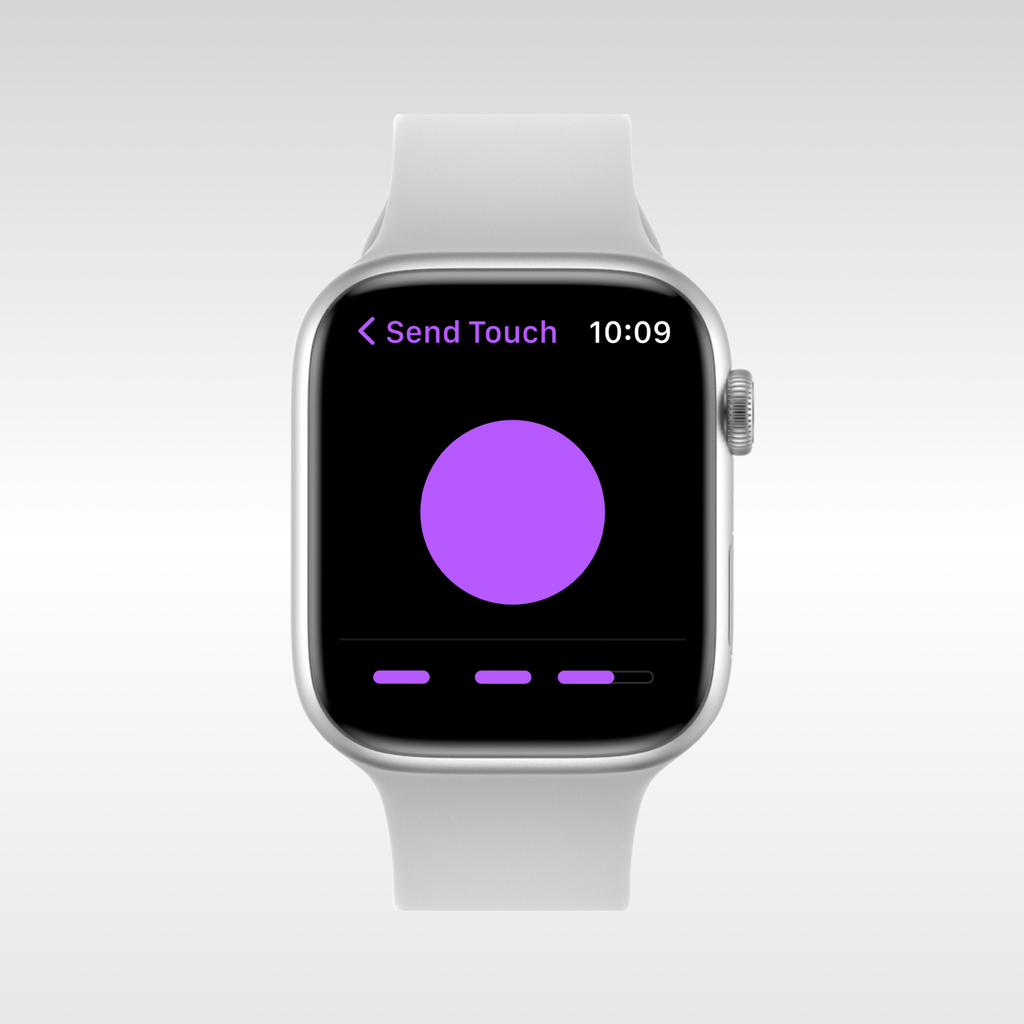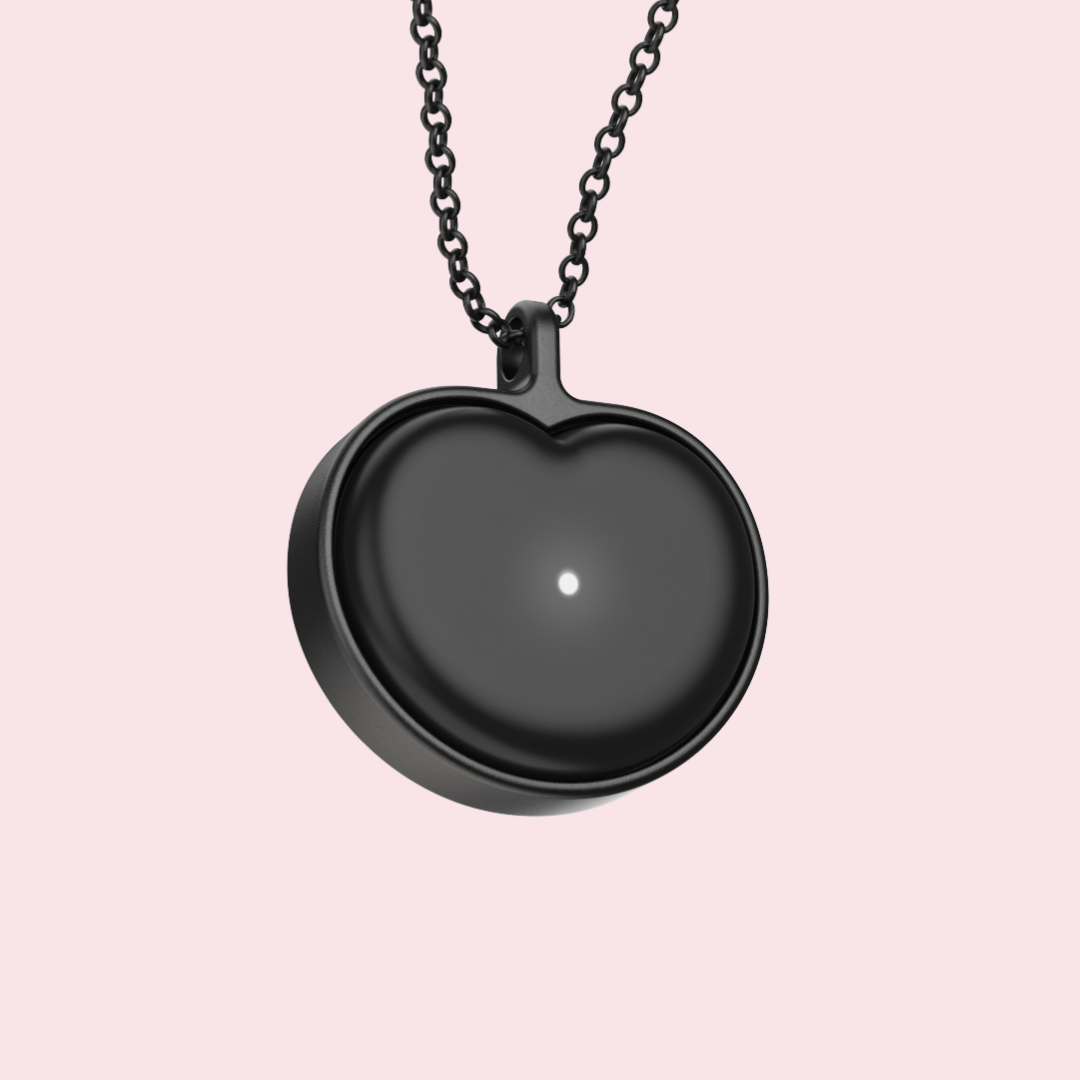As a business and as a brand, our main goal is to connect people emotionally. We aim to bridge gaps, break walls and shorten distances of all kinds - for all kinds of relationships. Our mission is to help people achieve happier and healthier relationships.
That’s why people and relationships are the centers of everything we do, every problem we try to solve, and any story we want to tell. Real connections matter to us: between people in general, and between our audience and us. And that connection has to happen in two different worlds simultaneously: the digital and the physical.
We want your experience with our brand and product to be enjoyable, relatable, and consistent across all touchpoints.
Because we believe we can make human connections richer by solving their Experience problems.
In this short blog piece, we’ll show you all our cards and explain how we try to connect with you, make you care about our brand, and consider our product. How we try to convert blog readers into customers, and customers into members of our passionate, kick-ass Bondito community.
A Roadmap to your Heart
For the last year and a half, our Design team has been analyzing and working very closely with all our teams to understand each touchpoint we have with our audience, prospects, customers, users, and community.
And as a result, we were able to map out the Experience life cycle, a multi-stepped map that lays out the journey that our audience must make on their road to becoming loyal customers and brand or product advocates.
This journey begins every time a customer rediscovers the brand or product and evolves as their relationship with us evolves. Within the cycle, all Design Ecosystems are interconnected. Each step emphasizes a different type of experience, the one most relevant for the journey at that moment.
If you’re curious to learn about this journey in deeper detail, check out the article, Experience Design as connected ecosystems.

Filipa Baptista, Bond Touch’s Growth Marketing Specialist, developed a super engaging workshop about our Customer Journey. And she showed us how the customer journey map can help illustrate the overall experience a customer has with our product or brand. It’s a super important tool when it comes to improving our customer experience.
Creating better products, setting more competitive prices, or even having a better brand image, alone, aren’t enough to help us, as a business, thrive.
That’s why it’s important to put the customer in the heart of our business and focus on their journey.
Building a customer journey will help us to:
- understand why customers take certain actions or decisions
- identify new opportunities
- create new solutions
- bring the teams together to work on one common goal
In our exercise, we started by defining the journey stages: from the moment a customer first has contact with our product or brand till they become a loyal fan.
Then we brainstormed some questions to help us understand what actions the customer was taking in each stage, what were the main touchpoints, how was the customer thinking or feeling, and their main pain points.
And finally, we focused more on the business side: which teams were more involved in each stage of the journey, how we could measure our customers’ actions and how we could improve their experience.







